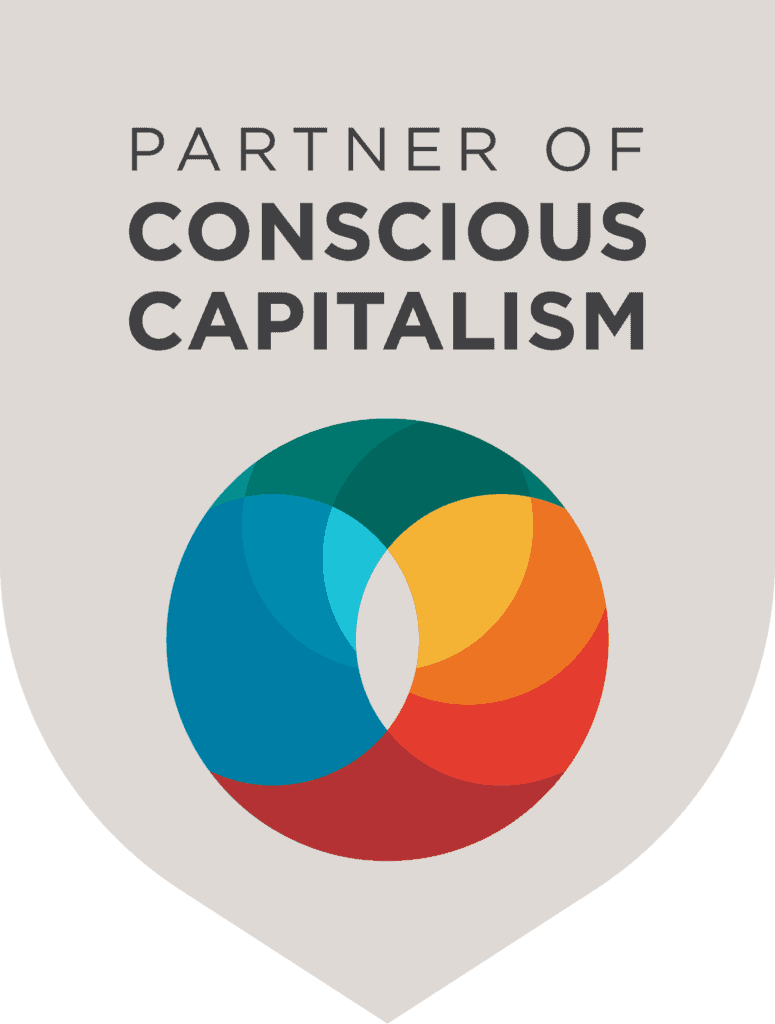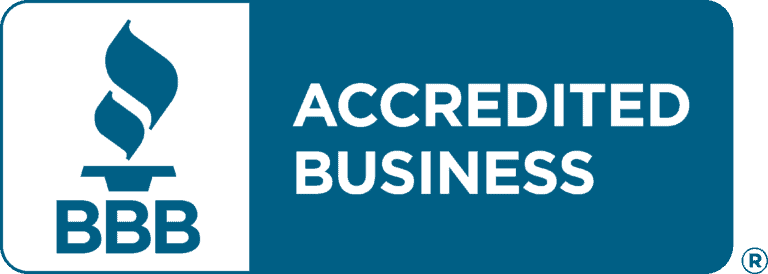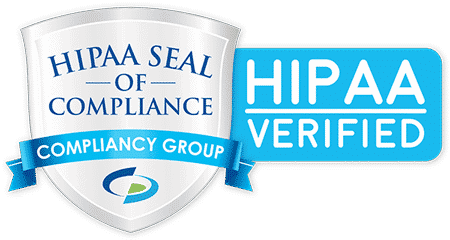In today’s competitive and fast-changing economic and corporate landscape, business executives want to stay ahead of the curve and improve their enterprise value. The reason is not farfetched; businesses must be valuable enough to compete in a fast-paced market. One of the effective ways they can achieve that is through cost optimization. Expense to Profit provides business executives and CFOs with insider secrets to improve their bottom line without sacrificing quality or efficiency.
This article looks into the crucial concept of enterprise value and the pivotal role cost optimization plays in enhancing it. Mastering cost optimization is an indispensable endeavor. So, let’s look at these concepts and learn how to implement strategies to foster and improve your enterprise value.
What is Enterprise Value?
Enterprise value (EV) is a comprehensive measure of your company’s total worth, reflecting its market capitalization, total debt, preferred equity, and minority interest minus its cash and cash equivalents. In essence, it represents the theoretical takeover price of a company, assuming that all debt and liabilities are settled.
EV provides investors and analysts with a more holistic view of your business’ value than simply looking at its market capitalization. EV accounts for the actual cost of acquiring your business by factoring in debt and other financial obligations.
Enterprise value is often used in financial analysis to assess your business’ performance, evaluate potential acquisitions, and compare companies within the same industry. It serves as a critical metric for determining an investment opportunity’s overall attractiveness and value. On the plus side, EV enables stakeholders to make explicit and informed decisions about investments and strategic initiatives, as it provides an overview of a business’s financial standing and potential for growth.
What is Cost Optimization?
Cost optimization is the strategic process of managing and reducing organizational expenses while maximizing value and maintaining or improving quality. It involves identifying areas of inefficiency or overspending and implementing measures to streamline operations and reduce unnecessary costs without compromising productivity or performance.
Cost optimization aims not simply to slash expenses indiscriminately but to balance cost reduction and value creation. By identifying and eliminating unnecessary expenditures, organizations can improve their profitability, enhance their competitive position, and reinvest savings into areas that drive growth and innovation.
So, how do you drive enterprise value through cost optimization? The following are key steps your organization can take to achieve this:
Identify Cost Drivers
As a business executive or CFO, you first want to identify all the drivers of costs within your organization. No matter how distinguished your product offering is, if you do not recognize and understand the key drivers of costs for your business, you will be unable to reach the success envisioned for your business.
You need to conduct a thorough analysis to identify these drivers, including expenses related to operations, production, procurement, overhead, and other areas. Businesses can prioritize optimization efforts for maximum impact by understanding where most costs originate.
Set Clear Objectives
After identifying cost drivers, the next thing for you to do is to set clear objectives. Setting an objective provides a roadmap for guiding efforts toward reducing expenses while enhancing overall value. Having clear objectives involves the SMART goals, which include:
- Specific. Objectives should be clear and specific, outlining precisely what needs to be achieved. For example, rather than a vague goal of “reducing costs,” a particular objective could be to “lower procurement expenses by 10% within the next fiscal year”.
- Measurable. Objectives should be quantifiable so that progress can be tracked and evaluated. This involves defining specific metrics or key performance indicators (KPIs) to measure success. Using the example above, the objective of reducing procurement expenses by 10% provides a measurable target.
- Achievable. Objectives should be realistic and attainable within the resources and constraints of the organization. While ambitious goals are essential for driving improvement, they should also be feasible given the current circumstances. Setting unattainable objectives can lead to frustration and demotivation.
- Relevant. Objectives should be aligned with broader business strategies and objectives. They should address the organization’s critical challenges or opportunities and contribute to its overall goals and mission. This ensures that efforts are focused on initiatives that have the most significant impact on enterprise value.
- Time-bound. Objectives should have a specific timeframe or deadline for achievement. This helps create a sense of urgency and accountability, driving action and progress towards the goal. Time-bound objectives provide a clear timeline for implementation and evaluation.
Setting clear examples will enable your business to provide direction, focus efforts, and measure progress toward driving enterprise value.
Negotiate Supplier Contracts
One of the most important decisions is to review and renegotiate your existing contracts with vendors and suppliers. You may not know this, but your vendors may be overcharging you (without you knowing). You will continue to touch on other areas until you review your existing vendor contracts without addressing the real issue.
Before entering negotiations, it is essential to gather relevant information about the products or services being procured, market conditions, supplier performance, and available alternatives. This helps select and manage your vendor partners, establish a strong negotiating position, and set realistic objectives.
You also need to identify areas of leverage that can be used to negotiate favorable terms. This may include the volume of purchases, alternative suppliers, market conditions, or unique value propositions offered by the organization.
Optimize Supply Chain Management
You also need to optimize your supply chain management, which involves reviewing the flow of goods and information from the point of origin to the end of consumption. According to a report conducted by a global research and advisory firm for the retail and hospitality industries, supply chain distortion worldwide cost involving shrinkage, overstock, and stockouts is an estimated $1.1 trillion.
You can optimize supply chain management by embarking on the following:
- Source materials from reliable suppliers at competitive prices, negotiate favorable terms, and standardize procurement procedures to enhance transparency and control.
- Enhance demand forecasting accuracy to optimize inventory levels and reduce carrying costs. Utilize historical data, market trends, and advanced analytics techniques to forecast demand more accurately, enabling better inventory planning and optimization.
- Consolidate shipments, optimize transportation routes, leverage third-party logistics providers, and implement real-time tracking systems to enhance visibility and efficiency.
- Leverage technology solutions such as supply chain management software, enterprise resource planning (ERP) systems, and advanced analytics tools to optimize supply chain operations.
Optimizing your supply chain management practices can enable your business to reduce costs, improve efficiency, enhance customer satisfaction, and gain a competitive advantage.
Monitor and Measure Performance
Monitoring and measuring performance involves tracking key performance indicators (KPIs) and metrics to assess the effectiveness of supply chain management initiatives. Business executives must identify and define relevant KPIs aligning with supply chain objectives and business goals. These may include metrics such as on-time delivery, inventory turnover, fill rate, order accuracy, lead time, and supply chain costs.
You can then track and monitor supply chain performance against established KPIs and benchmarks. Use dashboards, reports, and analytics tools to visualize data and identify trends, outliers, and areas for improvement.
Optimizing supply chain management is crucial for businesses aiming to drive efficiency, reduce costs, and enhance competitiveness in today’s dynamic market environment.
Conclusion
Oftentimes business owners are too busy running their business to track all underlying aspects of the day-to-day operations. Through different methods of cost optimization Expense To Profit can help improve the Enterprise Value of your business or simply help make things run more smoothly.
Expense To Profit is a proven consultancy that improves your business revenue by lowering your daily and monthly expenses. We have supported businesses in optimizing their costs to drive to improve their enterprise and we believe we can help your business, too.
Reach out to us to learn about reducing your business overhead costs.






